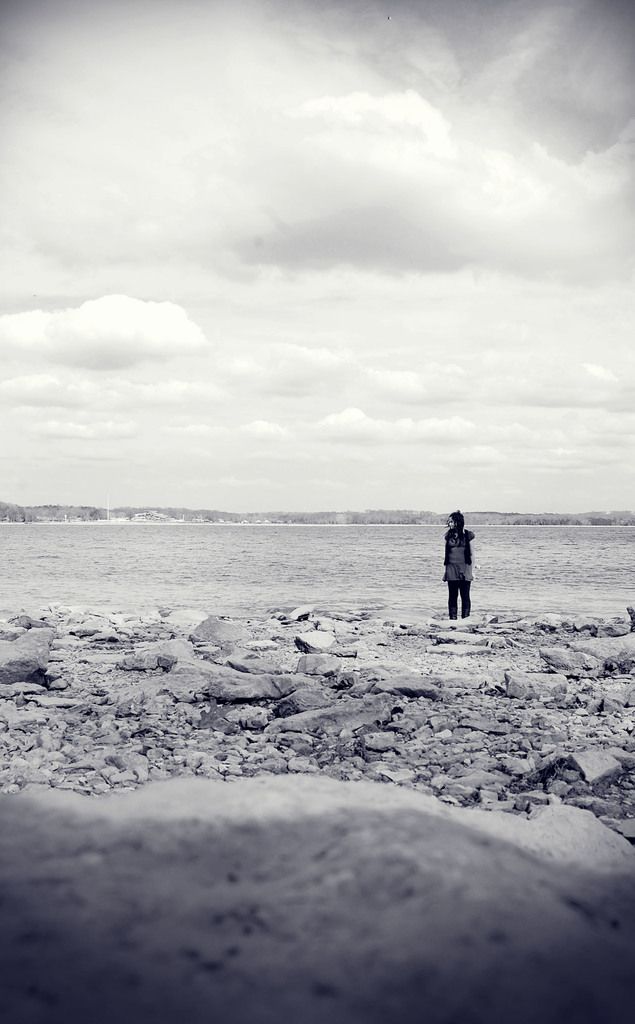Struggles of homeless during climate crisis: Scorching future ahead
In the scorching heat, a life without shelter can be even more unbearable. Hartmut Nölling, a man well-acquainted with life on the streets, echoes the sentiments, "If you're out there for more than 365 days a year, you can clearly see the impact of climate change."
Homelessness isn't just about being roofless; it's also about those with temporary arrangements struggling to find a permanent home. Even these folks have felt the heat during Europe's recent sweltering summers. Manja Starke, a fellow advocate, calls it a daily struggle for survival.
With communal accommodations often packed with poor ventilation, the heat can become life-threatening—especially in urban areas where there are limited retreat options. Nölling warns, "Sure, there's always the frozen food aisle at Kaufland, but that's hardly a solution."
Heat-related deaths have become a worrying trend in Germany, with about 3,000 deaths each summer recorded by the Environment Agency in 2023 and 2024[1]. The elderly and those with pre-existing conditions are the most vulnerable. Yet, it's tough to pinpoint the exact number of heat-related deaths among the homeless population.
Research by the University of Glasgow reveals that homeless individuals aged 43 suffer from chronic illnesses similar to those aged 85 in the general population[2]. This suggests that homeless individuals are particularly susceptible to heat-related stress.
Tanja Schmidt, director of the Straßenfeger e. V. overnight shelter in Berlin, notes that healthcare services are in higher demand during summer. "People come to us dehydrated, with circulation problems, eye pain, infections, and skin issues that worsen in the heat," she observes.
To help combat this, Straßenfeger e. V. distributes essentials like sunscreen, caps, glasses, water, and sweet drinks to prevent dehydration. They also provide bandages, disinfectants, and organize events in cooler spaces to escape the scorching heat[2]. Basic hygiene products are crucial for women, as inadequate supplies in summer can lead to uterine infections.
Sirapo Tinto, a Ghanaian formerly homeless refugee living in Berlin, advocates for temporary shaded spaces, water points, and considerate planning of public spaces during heatwaves[3]. He claims that public spaces are more designed for displacement than protection.
In the broader picture, a lack of awareness and funds remain major challenges for implementing heat protection measures specifically for homeless individuals. "We need a more proactive approach," says Janina Yeung, a climate protection expert at the Paritätischer Wohlfahrtsverband[1]. However, the CDU-SPD coalition agreement makes no mention of heating or homelessness[3].
Advocacy groups are pushing for more comprehensive heat protection plans and strategies, beyond just the health and care sectors[3]. The key to protecting the homeless during heatwaves lies in providing them with housing and equal opportunities, according to Jürgen Schneider from the Wohnungslosen-Stiftung[3].
[1] https://www.umweltbundesamt.de/themen/andere-themen/hitze/hitzextreme-in-der-deutschen-gesellschaft[2] https://www.dw.com/en/homeless-people-suffer-disproportionately-in-heatwaves-research-finds/a-58913803[3] https://www.linkedin.com/pulse/germany-homelessness-climate-change-hajar-lalani/[4] https://www.dw.com/en/homeless-people-suffer-disproportionately-in-heatwaves-research-finds/a-58913803
Science and health-and-wellness are interconnected as the study at the University of Glasgow reveals that homeless individuals aged 43 suffer from chronic illnesses similar to those aged 85 in the general population, highlighting the vulnerable health status of the homeless population. The call for environmental-science and climate-change awareness is crucial, as Sirapo Tinto, a former homeless refugee, suggests the design of public spaces to be more considerate during heatwaves, providing shade, water points, and cooler spaces to alleviate the impact of extreme weather on the homeless population.








